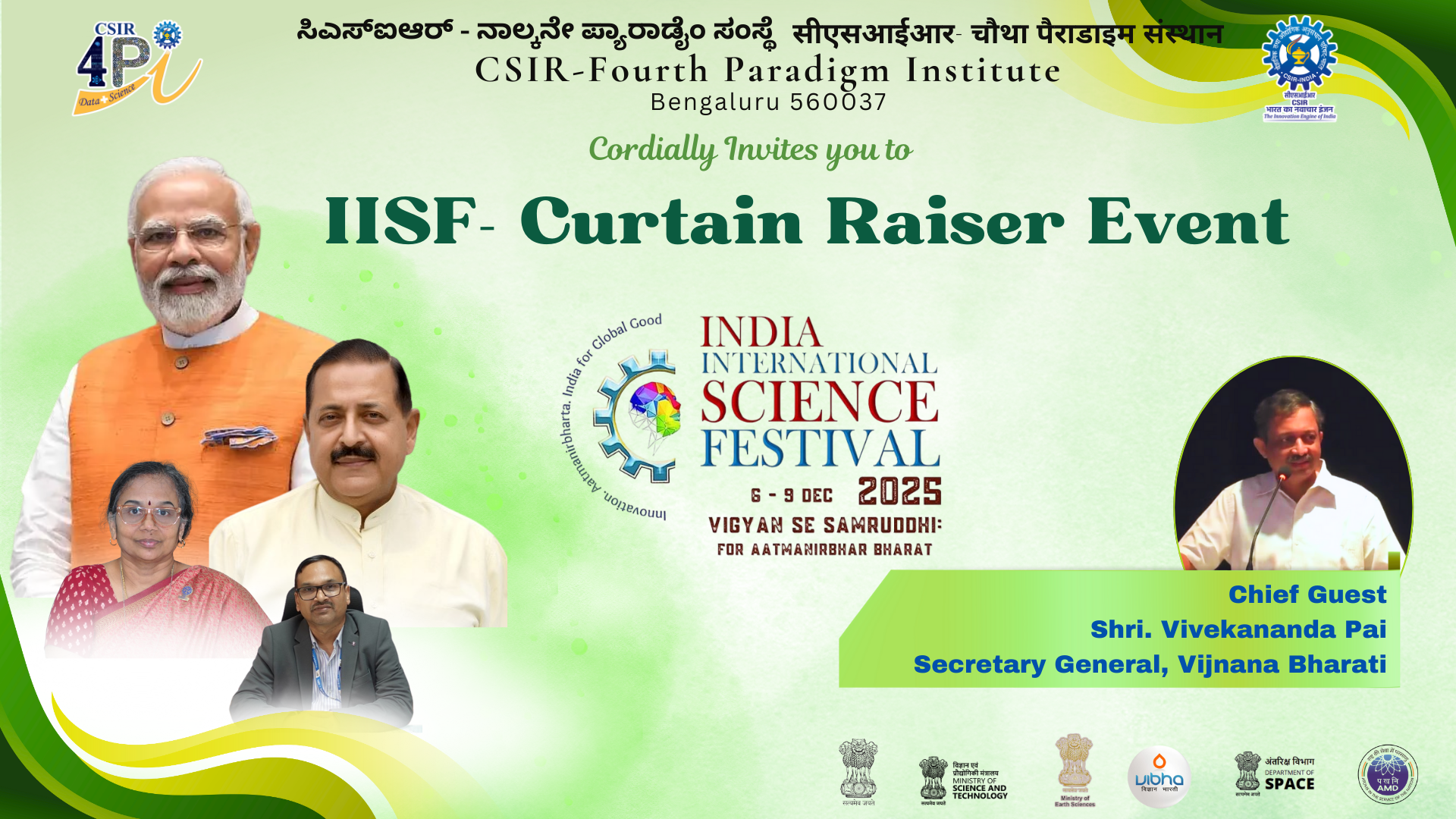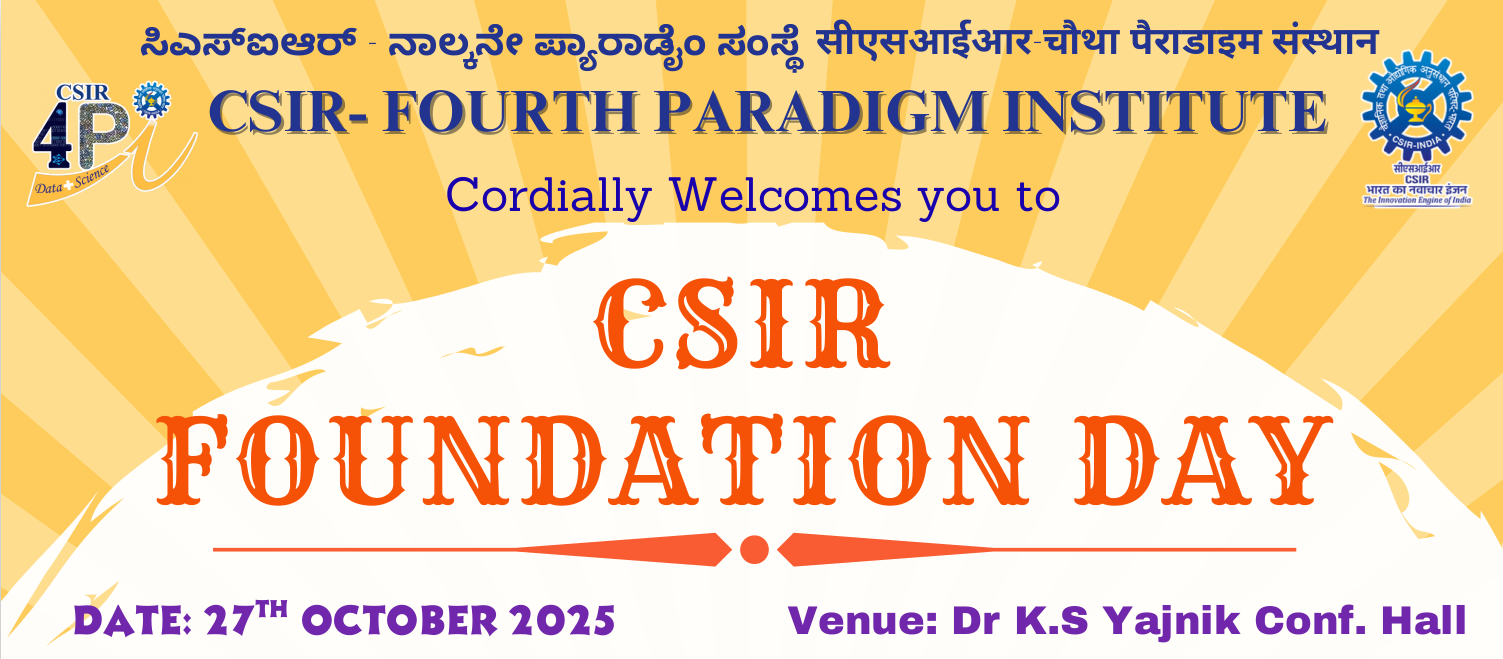Mapping seismic hazards in the Himalayas
by Imtiyaz A. Parvez and Sanjeev Ekka
The Himalayas rank among the world’s most seismically active regions, as evidenced by major historical earthquakes, including the 1905 Kangra (Mw 7.8), 1934 Bihar–Nepal (Mw 8.2), 1950 Assam (Mw 8.4), 2005 Kashmir (Mw 7.6), and 2015 Gorkha (Mw 7.8) events. These earthquakes underscore the ongoing tectonic activity along the Himalayan arc and have caused substantial human and economic losses. Seismic hazard assessment is a critical tool for mitigating such impacts, informing preparedness efforts, risk reduction strategies, and policy formulation. Significant advancements have been made in recent decades in assessing seismic hazard and risk across the Himalayas. This article reviews key developments in probabilistic and deterministic seismic hazard studies, integrating both historical and instrumental earthquake data. Notably, peak ground accelerations (PGA) in certain Himalayan regions surpass 0.6 g, with areas near the 1897 and 1950 Assam earthquake epicenters recording extreme PGA values of 1.2–1.3 g. These zones also exhibit high ground velocities and permanent displacements, reflecting the severe ground-shaking potential of large Himalayan earthquakes. The article further explores how local geological conditions and source characteristics influence ground motion, emphasizing their role in microzonation studies. Despite progress, critical research gaps remain, particularly the need for high-resolution seismic hazard mapping across the Himalayan arc to enhance risk reduction and resilience-building efforts.
Source: https://doi.org/10.1007/s43538-025-00626-5






























